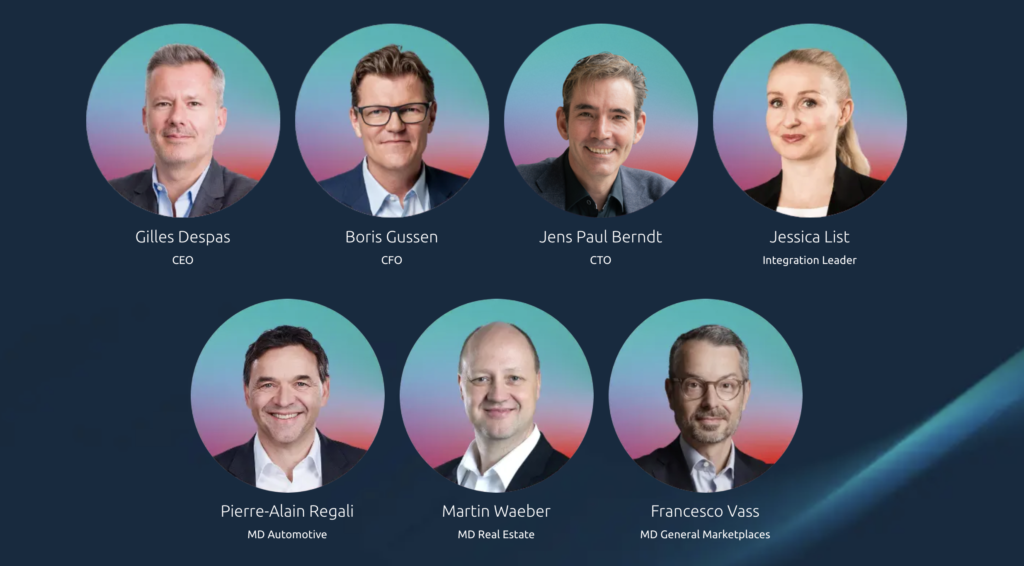Owner-occupied homes remain in demand, which is also reflected in the asking prices. In particular, sellers of condominiums noticeably increased their price expectations in April. Single-family homes also became slightly more expensive overall, although not in all regions of Switzerland. This is shown by the latest figures from the ImmoScout24 Purchase Index.
Even in an economically uncertain environment, many sellers are apparently assuming that Switzerland’s stable political framework will spare the real estate market from negative effects and that higher prices will therefore continue to be achievable. Accordingly, asking prices for condominiums rose by an average of 0,6% in April compared to the previous month. In contrast, the increase for single-family homes was significantly lower at 0,1%. At the same time, there are regional differences in developments; in particular, some areas with a comparatively extensive supply are showing slightly declining asking prices. This development is shown by the ImmoScout24 Purchase Index, which is compiled jointly with the real estate consultancy IAZI.
Anyone looking for a home in Switzerland will find a much wider range of condominiums than single-family homes, as Martin Waeber, Managing Director Real Estate at SMG Swiss Marketplace Group, knows: “Around two-thirds of all advertised properties are currently condominiums, while houses are difficult to find in many places.” In some regions, such as Central Switzerland or Lake Geneva, the imbalance is particularly pronounced, the real estate expert continues. Detached single-family homes are hardly available there anymore. “One important reason for this is construction activity: Condominiums can be built in a more space-saving manner and make more efficient use of scarce building land,” says Waeber.
Despite significantly higher prices per square meter for condominiums – the average difference is now over CHF 1,300 compared to houses – they are often cheaper overall, as they generally have a smaller living space. For example, a typical condominium with 110 m² is offered for an average of around CHF 200,000 less than a comparable detached house with 150 m² of living space.
Regional price development for single-family homes
A regional analysis of single-family homes certainly reveals differences. The Lake Geneva region (plus 1,1%), Northwestern Switzerland (plus 1,0%) and Central Switzerland (plus 0,9%) recorded stronger growth. There was also an above-average increase in the greater Zurich region (plus 0,5%). In contrast, there were declines in the Central Plateau region (minus 0,5%), Eastern Switzerland (minus 1,3%) and Ticino (minus 1,8%).
Regional price trends for condominiums
On the other hand, asking prices for condominiums rose almost across the board in April. Growth was comparatively strong in Central Switzerland (plus 1,2%) and Northwestern Switzerland (plus 1,1%) as well as in the Lake Geneva region (plus 0,9%). Ticino (plus 0,8%) and the Central Plateau region also recorded increases that were slightly above the national average, while only a minimal increase was recorded in the greater Zurich region (plus 0,1%). Only in the Eastern Switzerland region (minus 0,7%) was there a slight easing in condominium prices.
Date 30. April 2025
Purchase offers for single-family homes throughout Switzerland (CHF/m2)
| 01.04.2025 | 30.04.2025 | Change | in % | |
| Month | 7682.7 | 7688.6 | +5.9 | +0.1% |
| 30.04.2024 | 30.04.2025 | Change | in % | |
| Year | 7496.0 | 7688.6 | +192.6 | +2.6% |
Purchase offers for condominiums throughout Switzerland (CHF/m2)
| 01.04.2025 | 30.04.2025 | Change | in % | |
| Month | 8980.4 | 9028.7 | +48.3 | +0.5% |
| 30.04.2024 | 30.04.2025 | Change | in % | |
| Year | 8620.9 | 9028.7 | +407.8 | +4.7% |
The values may contain rounding differences.

Sebastian Sinemus
Senior Communications Manager Real Estate & Media Spokesperson

